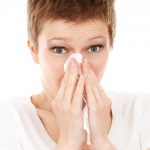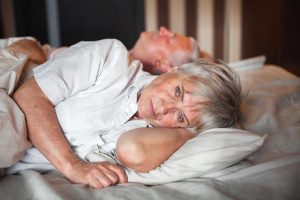As the seasons change, more and more people are sneezing because of allergies. And the numbers are rising, with those in urban areas particularly affected, according to the American Academy of Otolaryngology-Head and Neck Surgery.
Symptoms in the fall are most likely caused by ragweed. Summer sneezes? Blame grass and weed pollens. Symptoms in the spring? You’re probably allergic to tree pollen.
Climate change is making things worse. The spring allergy season is starting earlier and lasting longer. And ragweed pollen is being produced for a longer period, too.
These allergies can start at any age — often by age 10. But you can develop them as an adult, too.
Your doctor can diagnose seasonal allergies based on your symptoms, a physical exam and, sometimes, allergy tests. He or she can then prescribe medication to tamp down your reaction.
Here are other ways to cope when pollen is making you miserable.
Try to stay inside between 5 a.m. and 10 a.m. during ragweed season. Schedule outdoor activities for late afternoon when pollen counts are usually lower. Keep your grass short and wear a mask if you have to mow it yourself.
Use a clothes dryer instead of an outdoor clothesline to keep pollen off your clothes. Turn on an air conditioner instead of opening your windows. Avoid window and attic fans, which just blow allergens into your home.
Also consider getting an indoor air purifier with a HEPA filter to trap as many allergens as possible, but have someone else change the filter for you as needed. If allergies seem out of control, it may be time to check in with an allergist — often an ENT, or ear, nose and throat specialist.
More information
The U.S. National Institutes of Health details various types of pollen and what you can do about them.
Source: HealthDay
Copyright © 2024 HealthDay. All rights reserved.



-300x221.jpg)












